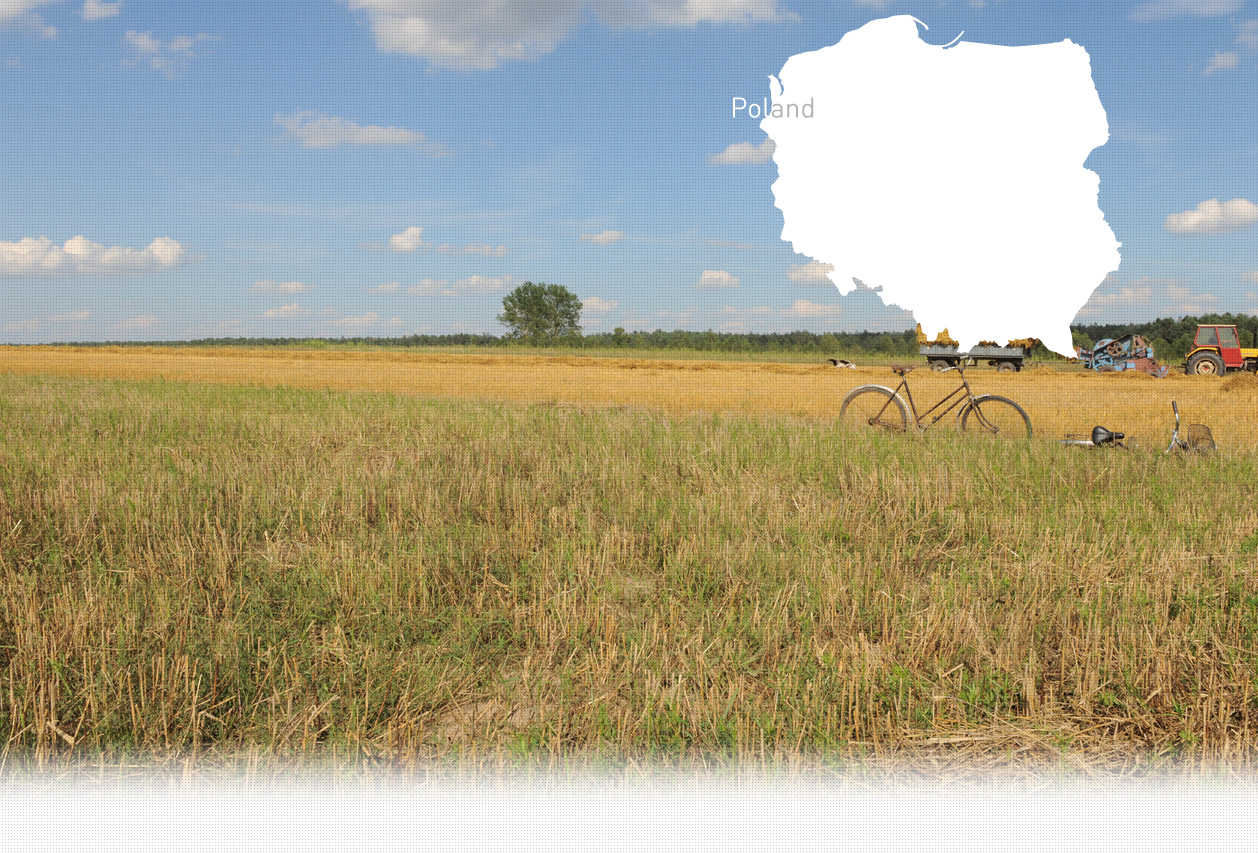

1 Killing site(s)
Bronisława D., born in 1937: “W: The Jews must have received a message from someone, as a lot of them managed to flee before the deportation. During the deportation, all the Jews were rounded-up at the market square, and then put into a column marched to the nearest station. The column was guarded by Germans.
YIU: Were they taken directly to the market place or did they come by themselves?
W: “There was an order saying that they have to gather in the one specific place. They could take the most necessary belongings with them. The Jews had to wait at the market square for approximately 24 hours. There was no selection performed. Some Jews cried, and some were calm.” (Witness n°940, interviewed in Ulanów on November, 11th 2018)
“1/Date and place of execution: Ulanów 1943
2/ Type of execution: Shooting
3/ Data concerning the killed people: Poles
How many people were killed: 10 people, name unknown.
Where were the victims from: unknown.
8/ Where were the corpses buried: Catholic cemetery in Ulanów.” [Questionnaire on mass executions and mass graves n°484 (Miejscowosc: Ulanów miasto, Gmina: Ulanów, Powiat: Nisko, Wojewodztwo: Rzeszow) RG-15.019M]
Ulanów is located 61km north-east of Rzeszow and 99km south-west of Lublin. The first records about the Jewish community date back to the 17th century. In 1673, the Jewish community numbered 103 . They had two synagogues and their own cemetery. In 1900, 1,369 Jews lived in the town comprising 40% of the total population. Their number decreased after the First World War due to immigration. In 1921, only 861 Jews remained in the town comprising 39% of the entire population. The majority of Jews were merchants, owned shops, or were craftsmen such as tailors, shoemakers, and goldsmiths. The Jewish children went to the same public school as non-Jewish children. However, they studied at cheder (Hebrew school) as well. On the eve of the war, 2,200 Jews remained in the town making up 56% of the total population.
The town was occupied by Germans in September 1939. Immediately after the occupation, the lootings and the isolated killings started. The number of Jews in Ulanów rapidly increased due to the forced resettlement of Jews from neighboring towns, such as Rudnik nad Sanem, Nisko, and Rozwadów. Many Jews from Austria and Czechoslovakia were resettled in Ulanów as well. There was no official ghetto in the town; however, according to the local witnesses, all the Jews were concentrated in one area. According to Janina P., born in 1929, Jews were marked with distinguishing armbands. The synagogue was burned in the fall of 1941. The mass extermination of Jews started only one year later, in the fall of 1942. On October 4, 1942, the Jews were summoned to the market place under the pretext of the future resettlement. According to the local witnesses, the Jews were detained for about 24 hours at the market place. Then, the majority of them were deported to the Treblinka extermination camp where they were murdered. Some were shot dead on the spot. The aktion (or action)was conducted by Gestapo and Wehrmacht. About 70 Jews, mainly elder and weak, were shot in their homes or hiding places during the following days. Their bodies were taken to be buried at the Jewish cemetery. According to another witness interviewed by Yahad, there was an execution of about 20 or 30 Jews at the Jewish cemetery whom remain undocumented as of today. We believe it took place at the same time as the deportation. The Jews were shot one by one in a pit which was dug in advance. Besides the Jews, about 10 Poles were shot at the Catholic cemetery in 1943.
Do you have additional information regarding a village that you would like to share with Yahad ?
Please contact us at contact@yahadinunum.org
or by calling Yahad – In Unum at +33 (0) 1 53 20 13 17